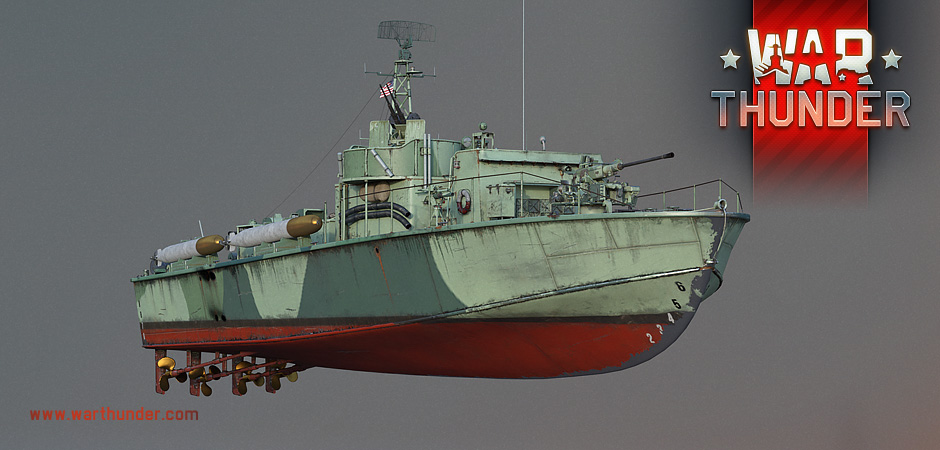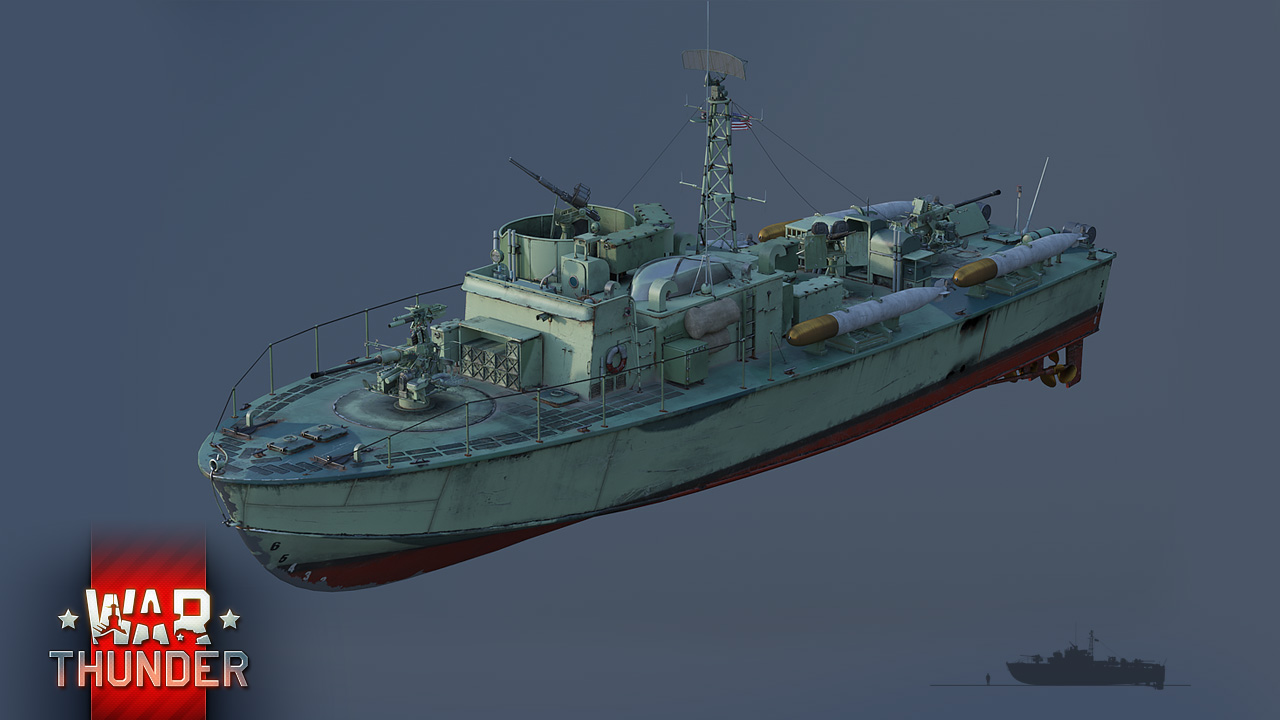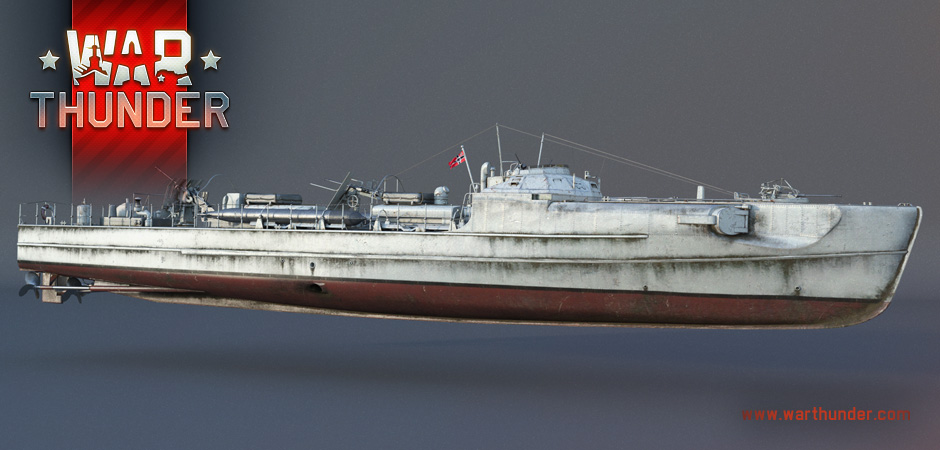
Aug 23, 2016
War Thunder - TheShaolinMonk

The biggest game show in Europe - Gamescom 2016 - has come to its end in the German city of Cologne. Hundreds of thousands people arrived there to check out what’s new in the world of computer games. The Gaijin Entertainment booth offered 2 new projects.
In Crossout, thousands of players had an opportunity to try out the role of an engineer and a soldier in the tournament and brand new modes in the post-apocalyptic online action game. Intensely commanded battles and unprecedented fighting for survival gathered crowds of fans at the stage.
Also Gamescom visitors were some of the first who could watch and play our main premiere feature - War Thunder naval battles. Half of the booth was constructed as the deck and cabin of a vessel, under the shadow of an iron mast there was a special zone that looked like an undercover bridge with a real; 40-mm AA-gun on the deck in the bow. Naval battles in 3 vs. 3 format took place on the map that was designed specifically for the show. All participants could choose vessels from different nations, you can read more about them in our Devblogs. Later, during the closed beta-test the amount of available craft will increase, also the maps will grow bigger and will become suitable for 10 vs. 10 format battles.
Also there was a magnificent show with awesome prizes and gifts prepared for our visitors. Every 30 minutes there was a giveaway of the various prizes on offer - from souvenirs, Crossout CBT and War Thunder naval battles CBT access codes to high-end gaming devices from Roccat and graphic cards and computers from ZOTAC.



Players could watch what was happening at our booth on a live stream on our official Twitch channels. We have been streaming from day one until the very end of the show and every day our players were able to get a sneak peek on the new vessels in War Thunder as well as win valuable prizes. On Saturday our team showcased the gameplay of naval battles on a map that was designed specifically for Gamescom.
The blistering torpedo and fast attack boats not only engaged other vessels but also had to watch the skies for attacking enemy aircraft. You can watch the recorded battles on our twitch channel.
So, Gamescom 2016 is now over but there is a lot of interesting stuff waiting for you. This year War Thunder players will join the closed testing of the brand new part of our game - the naval battles. The players and the development team both will decide together how naval battles in War Thunder will look like.
If you want guaranteed access to the CBT you may purchase one of the two special packs: either the famous American PT-109 torpedo boat that John Kennedy captained during WW2, or Soviet Project 1124 motorboat armed with the infamous “Katyusha” rocket launcher system and a T-34 tank turret mounted forward. Be one of the first players to try the naval battles of War Thunder!
The War Thunder Team















